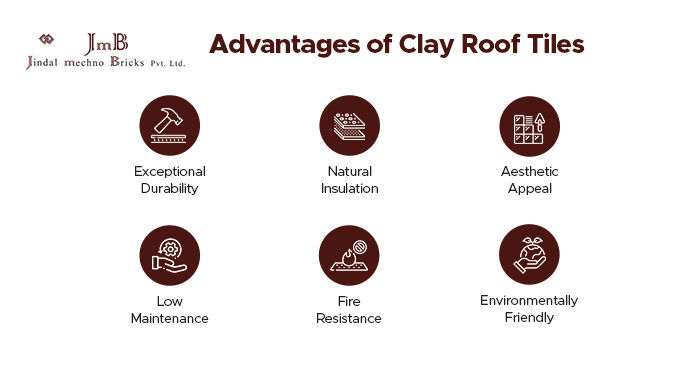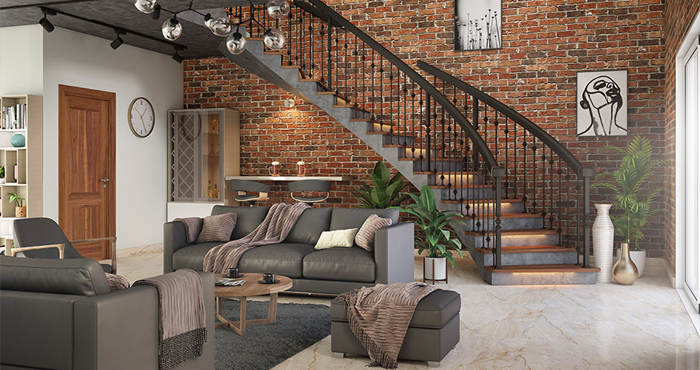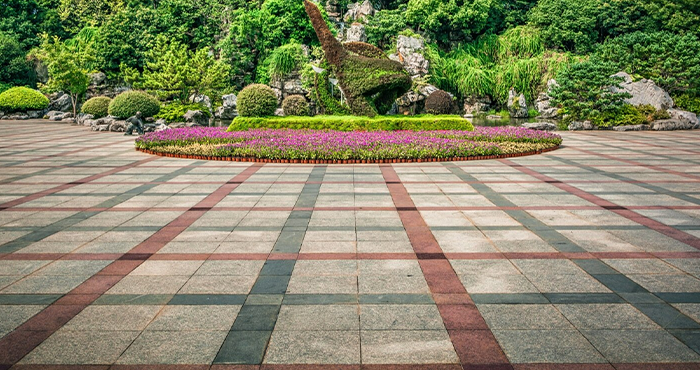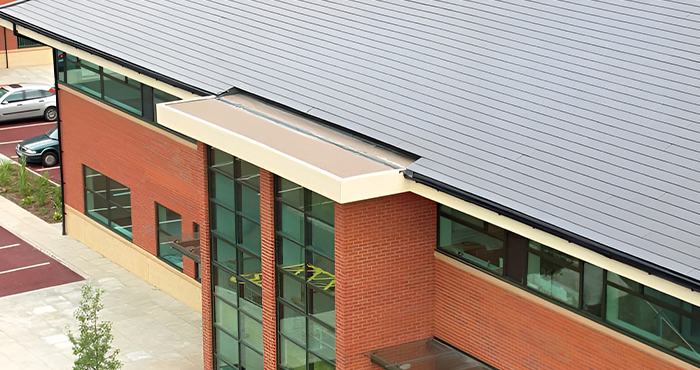In the world of modern architecture and sustainable living, every choice we make for our homes matters. From the materials we use to the designs we embrace, our decisions play a crucial role in shaping the future of our planet. When it comes to roofing, one option stands out as both timeless and eco-friendly: clay roof tiles.
In this article, we’ll explore clay roof tiles advantages & disadvantages and why they are an excellent choice for sustainable modern homes.
The Rise of Modern Homes and Sustainable Living
The concept of modern homes has evolved as cities have grown, and our understanding of environmental effects has grown. Homeowners today want the ideal balance of aesthetics, functionality, and sustainability. This approach to change has brought in a new era of design that prioritises energy efficiency, a small environmental imprint, and harmony with nature.
Clay Roof Tiles: An Overview
Clay roof tiles have been utilised for ages in cultures ranging from Europe to Asia. Their continuing appeal can be linked to their numerous advantages, which make them an excellent choice for modern homes that place a premium on sustainability.

Advantages of Clay Roof Tiles
- Exceptional Durability: Clay roof tiles are noted for their excellent durability. They can survive harsh weather conditions such as heavy rain, strong winds, and even hail without quickly decaying.
- Natural Insulation: Clay is a natural insulator that helps to regulate indoor temperatures. This means your home stays cooler during hot summers, while the tiles provide insulation to keep the interior warm during chilly winters.
- Aesthetic Appeal: Clay roof tiles have a classic and elegant appearance. They are available in a variety of shapes, sizes, and colours, allowing homeowners to select a design that suits their architectural vision.
- Low Maintenance: Clay roof tiles require little upkeep once they are placed. They are rot, bug, and mould resistant, decreasing the need for regular repairs or replacements.
- Fire Resistance: Because clay is a non-combustible substance, it adds an extra layer of protection to your home in the event of a fire.
- Environmentally Friendly: As the focus shifts to sustainability, clay roof tiles shine as an environmentally friendly option. They are created from abundant natural materials like clay and shale. Furthermore, clay tiles can frequently be repurposed for different construction purposes towards the end of their life cycle.
Disadvantages of Clay Roof Tiles
- Higher Initial Cost: One of the main drawbacks of clay roof tiles is their higher initial cost compared to some other roofing materials. However, their longevity and low maintenance requirements often balance this cost.
- Weight Considerations: Clay tiles can be heavy, so your roof structure needs to be able to support their weight. This might require additional reinforcement, adding to the overall cost.
- Fragility: While durable, individual clay tiles can be fragile, and walking on the roof incorrectly can lead to breakage. This can make maintenance or repairs slightly more challenging.
Clay Roof Tiles and Sustainability
The pursuit of sustainability has led to the rediscovery of clay roof tiles as a superior roofing material. Modern homes aiming for sustainability can benefit significantly from the use of clay tiles.
Energy Efficiency
Clay roof tiles contribute to energy efficiency by naturally insulating homes. This reduces the reliance on heating and cooling systems, leading to lower energy consumption and utility bills.
Reduced Environmental Impact
When compared to alternatives such as concrete tiles or metal roofing, the production of clay roof tiles uses the least amount of energy. Furthermore, the endurance and recyclability of clay tiles lessen their environmental impact on their lives.
Preservation of Aesthetic Values
Modern homes usually incorporate current and traditional design elements. The rich history and ageless appeal of clay roof tiles integrate easily into this narrative, providing both sustainable features and aesthetic value.
Choosing the Best Clay Roof Tile
When selecting clay roof tiles for your modern, sustainable home, there are a few factors to consider:
- Style and Color: Choose tiles that align with your home’s architectural style and colour palette. Clay tiles come in various shapes and colours to suit different design preferences.
- Quality: Invest in the best roof tiles that reputable companies manufacture. Quality tiles ensure durability and longevity.
- Installation: Proper installation is crucial for the performance of clay roof tiles. Hire experienced professionals who are familiar with the intricacies of working with clay tiles.
- Maintenance: While low-maintenance, clay roof tiles require periodic inspections. Ensure you are ready to commit to this responsibility.
In Conclusion
Clay roof tiles are a long-lasting, aesthetically beautiful solution for modern homes. Their benefits significantly outweigh their drawbacks, mainly when considered through the lens of sustainable living. Clay roof tiles stand as a witness to the peaceful union of tradition and innovation in the world of the building as homeowners and architects continue to prioritise environmentally friendly choices.
So, if you’re aiming for a sustainable modern home that leaves a minimal footprint while maintaining its allure, get the best clay roof tiles from Jindal Mechno Bricks for making sustainable houses. Contact the team to know more.
FAQs
1. Are clay roof tiles suitable for modern home designs?
Absolutely! Clay roof tiles come in a variety of shapes, sizes, and colours, allowing you to choose a style that complements modern architectural designs. Their timeless charm and aesthetic appeal make them a perfect fit for contemporary homes.
2. Are clay roof tiles eco-friendly?
Clay roof tiles are a long-lasting, aesthetically beautiful solution for modern homes. Their benefits significantly outweigh their drawbacks, mainly when considered through the lens of sustainable living. Clay roof tiles stand as a witness to the peaceful union of tradition and innovation in the building world as homeowners and architects continue to prioritise environmentally friendly choices.
3. Do clay roof tiles require a lot of maintenance?
While clay roof tiles are low-maintenance, they do require periodic inspections and maintenance. This mainly involves checking for any broken or damaged tiles and addressing them promptly. Proper installation and routine upkeep can significantly extend the lifespan of clay roof tiles.
4. Are clay roof tiles fragile and prone to breakage?
Clay roof tiles are durable and can withstand various weather conditions, including heavy rain and strong winds. However, they can be fragile if not handled properly, such as when walking on the roof. Hiring experienced professionals for installation and maintenance is essential to minimise the risk of breakage.
5. Are clay roof tiles affordable compared to other roofing materials?
Clay roof tiles can have a higher initial cost compared to some roofing materials. However, their longevity and low maintenance requirements often balance out the initial investment over time. Consider them a long-term investment offering aesthetic value and sustainable benefits for your modern home.





